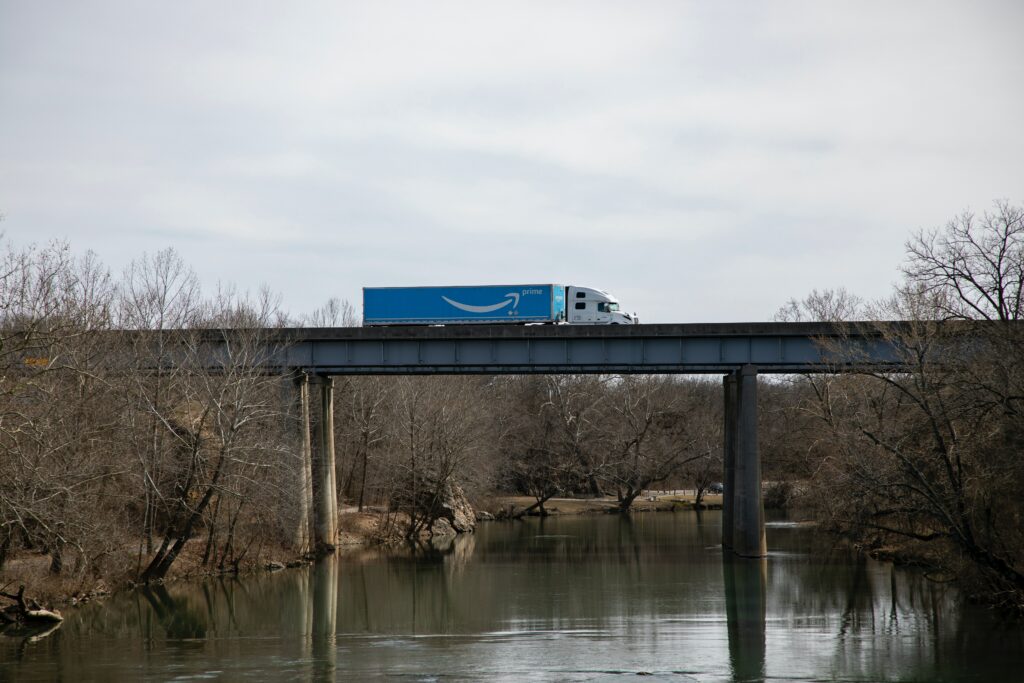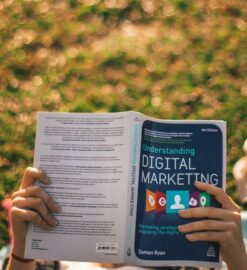Artificial Intelligence and Sustainability

Ever thought artificial intelligence could help the environment, for instance, in the form of sustainability?
Climate change poses as one of our major problems, if not, the biggest. You know what problems are equivalent to in the engineering world? Something to solve. And more things to solve = demand for jobs.
There is a growing demand for engineers with knowledge in climate change, and other aspects revolving around that. Artificial intelligence, as a growing field as it is, also has the power to help with this growing field (one that’s less liked): climate change.
So here’s a way Amazon has used artificial intelligence in helping their environmental impact, simultaneously going through some machine learning concepts.
Amazon’s Model
Amazon created an Artificial Intelligence model that improves their packaging sustainability. The AI decides the right packaging for the products they ship – that means no defaulting to boxes (which are not always necessary).
They use both computer vision and natural language processing (NLP) – a multimodal approach – to have the machine decipher the right packaging for each item.
It improved the model by as much as 30% using both approaches as opposed to just NLP. If the AI is not sure, it leaves it for a human to decide.
Natural Language Processing
Natural Language Processing, or NLP, is a part of AI used for elements such as text, language, and speaking.
In Amazon’s model, it uses for a large part NLP, because it learns from text data associated with a certain product online, such as the cost, name, size, and description. For instance, given keywords associated with less need of protection, it will know to use lighter packaging such as a padded mailer, rather than a whole box.
Additionally, the model learns from customer complaints data online. It’s also trained on data of successfully delivered products and not-so-successfully delivered ones. So through NLP, it can associate the words with the optimal packaging.
Imagine a human sorted through all the numerous and varying products on Amazon and decided on the best packaging – that would take ages.

Computer Vision
NLP wasn’t enough though, so by adding computer vision they improved their model. Computer vision in artificial intelligence essentially is the model training on digital image and/or video data to classify the objects, proceeding to do their needed task with that data.
In Amazon’s application of computer vision, it does this by primarily learning from the images of the products. For fulfillment purposes, products go through conveyor belts that take images. Amazon uses this image data, which is their own, for the model.
Related: Bias in Artificial Intelligence
Sustainability Result
So what’s the result of all this? Well, for one, it reduces waste. That means less packaging that’s unnecessary. And less packaging that lacks proper protection i.e. less broken items. Less broken items + unnecessary packaging = not only satisfied customers but also improvement in environmental impact.
Also, if more items that don’t need to be in boxes are packaged in padded mailers, in turn, there will be more space in the Amazon trucks. That means less drives i.e. less CO2 emission.

It simultaneously improves customer satisfaction, Amazon’s impact on the environment, and their own costs. As we can see artificial intelligence can be a great tool for improving sustainability – a necessary task in our world today.
Related: Artificial Intelligence in Business






Leave a Reply